Boom Gorge. Unreclaimed Industrial Zone.
Coordinates: 42.470454, 75.965973
Unreclaimed industrial areas pose a serious threat to both ecology and human health. These territories, left after the completion of industrial activities, often contain contaminated soils, remnants of hazardous substances, and destroyed infrastructures, making them ecological "hot spots."
Ecological Threats
Soil contamination: One of the main dangers is soil contamination with heavy metals, petroleum products, chemicals, and other toxins accumulated over years of industrial activity. These substances do not decompose naturally, and their accumulation in the soil leads to its degradation. Fertility decreases, making such lands unsuitable for agricultural use or natural restoration.
Disruption of biodiversity: Contaminated industrial zones create unfavorable conditions for the life of plants and animals. Many species may lose their habitats, leading to a reduction in biodiversity and disruption of the ecological balance. Long-term pollution often results in the extinction of certain species of flora and fauna in these regions.
Toxin accumulation effect: Heavy metals and chemical compounds can accumulate in plants and animals living in these areas. This disrupts food chains: toxins are transferred from plants to herbivorous animals, and then to predators, including humans. This process has long-term consequences for ecosystems.
Air pollution: Abandoned industrial sites often have dilapidated buildings and remnants of equipment that can release hazardous substances into the air. For example, during the demolition of structures, asbestos, heavy metals, and other dangerous materials may be released. Inhaling such substances leads to serious lung problems, allergic reactions, and other diseases.
Economic consequences: Unreclaimed industrial zones become "dead" territories that cannot be used for economic development. This reduces land value, hinders the construction of housing, businesses, and infrastructure, thereby creating socio-economic problems for local communities.
Unreclaimed industrial zones are not only an ecological problem but also a threat to human health. To address this issue, comprehensive interaction between government bodies, industrial companies, and environmental organizations is necessary. Restoring such territories contributes not only to the protection of nature but also to creating safe and livable conditions for people.
Unreclaimed industrial areas pose a serious threat to both ecology and human health. These territories, left after the completion of industrial activities, often contain contaminated soils, remnants of hazardous substances, and destroyed infrastructures, making them ecological "hot spots."
Ecological Threats
Soil contamination: One of the main dangers is soil contamination with heavy metals, petroleum products, chemicals, and other toxins accumulated over years of industrial activity. These substances do not decompose naturally, and their accumulation in the soil leads to its degradation. Fertility decreases, making such lands unsuitable for agricultural use or natural restoration.
Disruption of biodiversity: Contaminated industrial zones create unfavorable conditions for the life of plants and animals. Many species may lose their habitats, leading to a reduction in biodiversity and disruption of the ecological balance. Long-term pollution often results in the extinction of certain species of flora and fauna in these regions.
Toxin accumulation effect: Heavy metals and chemical compounds can accumulate in plants and animals living in these areas. This disrupts food chains: toxins are transferred from plants to herbivorous animals, and then to predators, including humans. This process has long-term consequences for ecosystems.
Air pollution: Abandoned industrial sites often have dilapidated buildings and remnants of equipment that can release hazardous substances into the air. For example, during the demolition of structures, asbestos, heavy metals, and other dangerous materials may be released. Inhaling such substances leads to serious lung problems, allergic reactions, and other diseases.
Economic consequences: Unreclaimed industrial zones become "dead" territories that cannot be used for economic development. This reduces land value, hinders the construction of housing, businesses, and infrastructure, thereby creating socio-economic problems for local communities.
Unreclaimed industrial zones are not only an ecological problem but also a threat to human health. To address this issue, comprehensive interaction between government bodies, industrial companies, and environmental organizations is necessary. Restoring such territories contributes not only to the protection of nature but also to creating safe and livable conditions for people.
The research was conducted with the support of the Global Greengrants Fund (GGF), one of the leading donor organizations in the world that supports the efforts of ordinary people to protect planet Earth. #GlobalGreengrantsFund #GreengrantsFund #Greengrants #GGF #GlobalGreengrantsFund

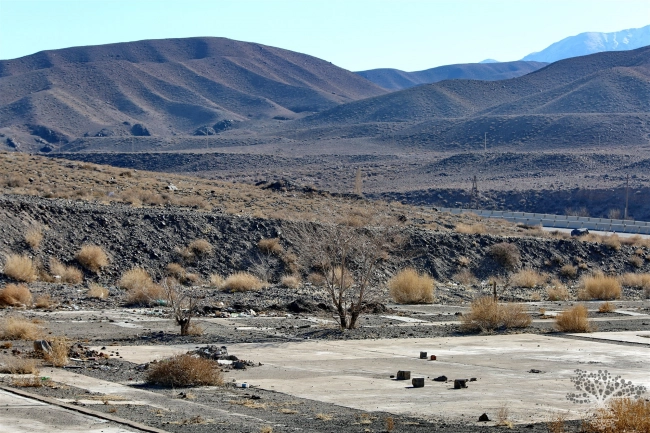


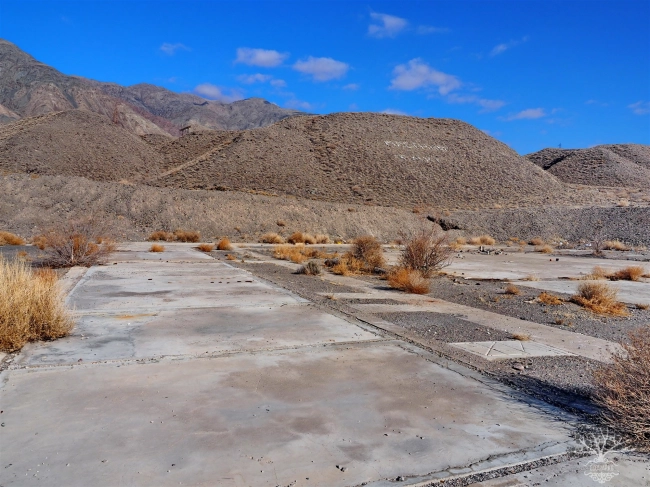
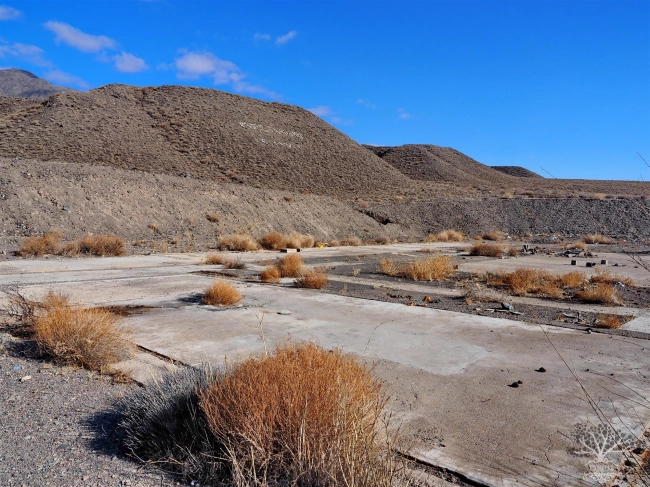
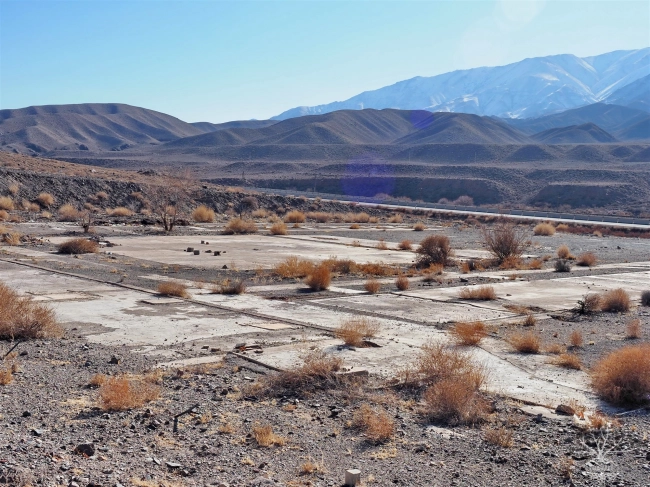
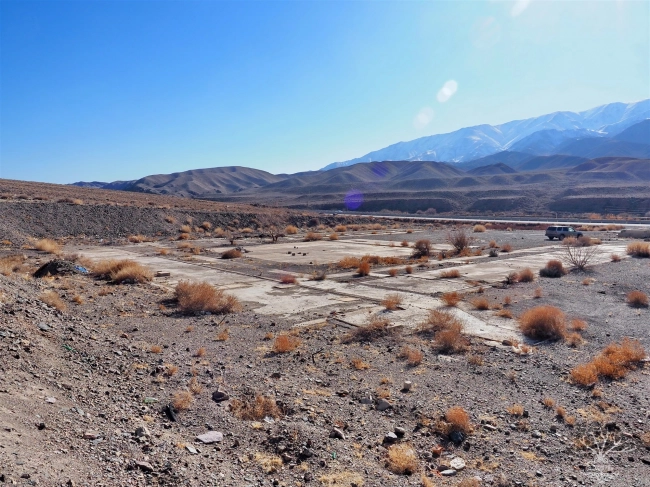
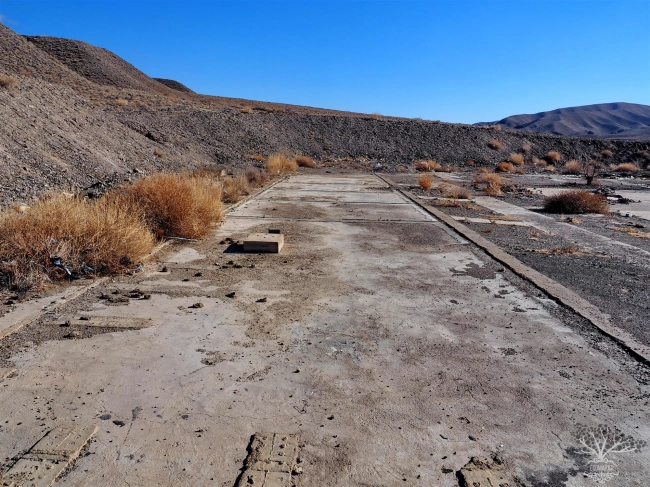
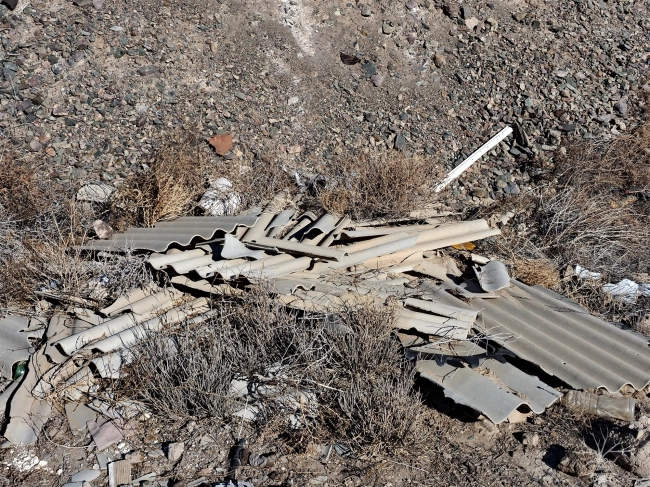
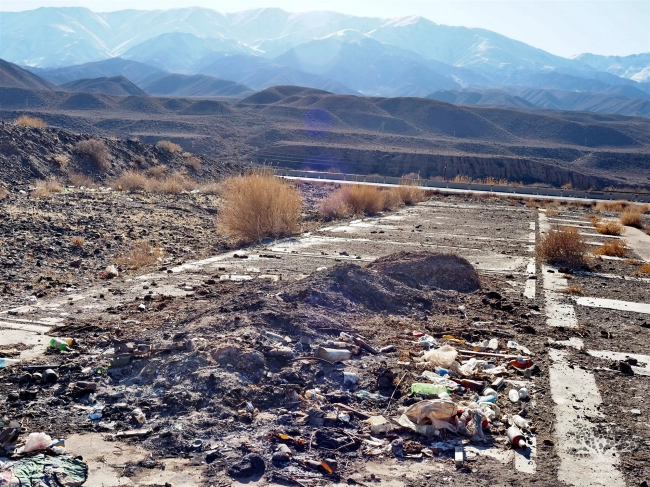

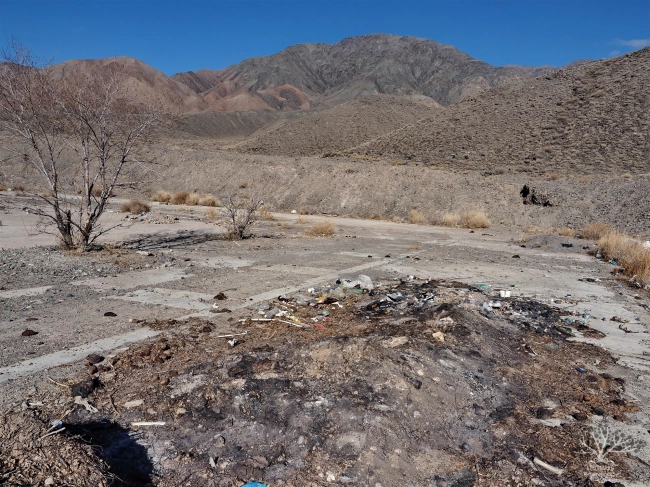
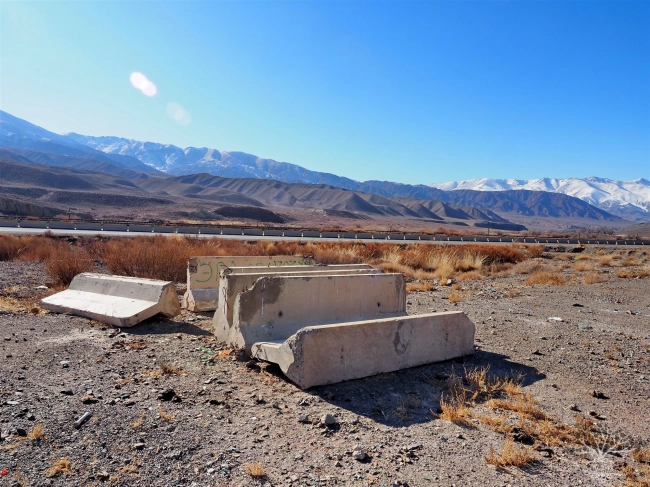
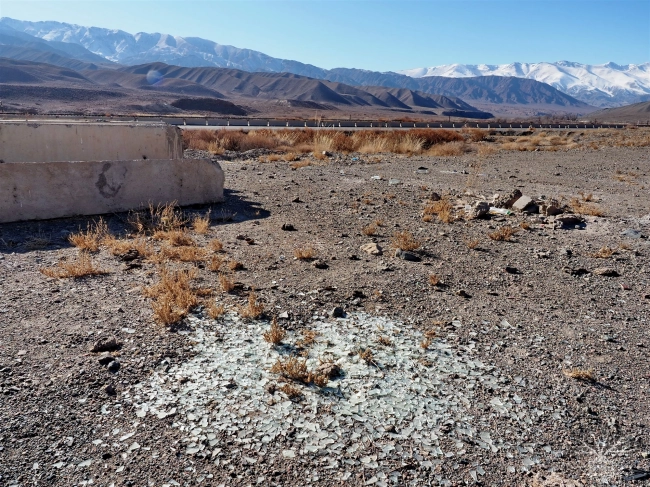


















Attention: Information based on submitted complaints